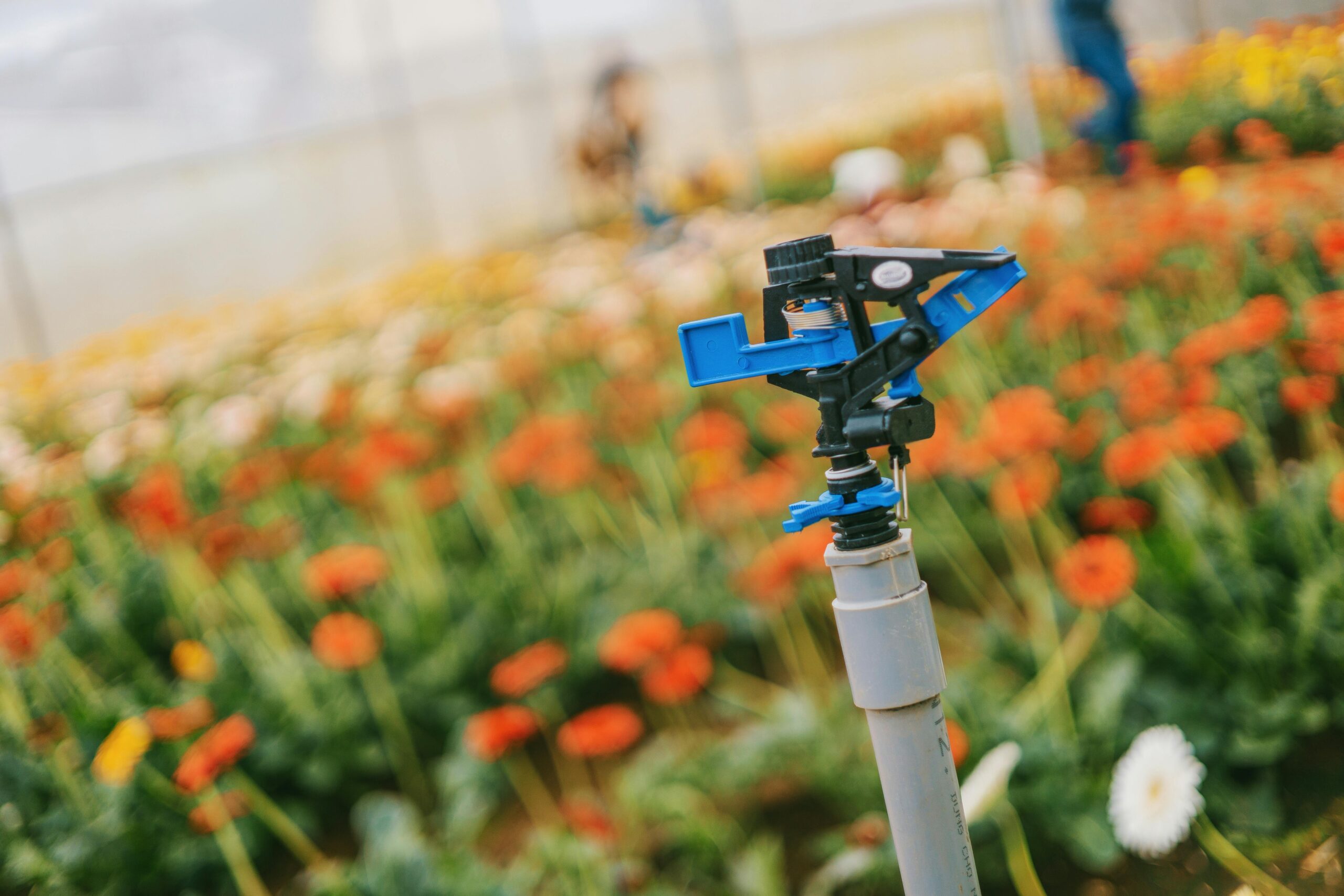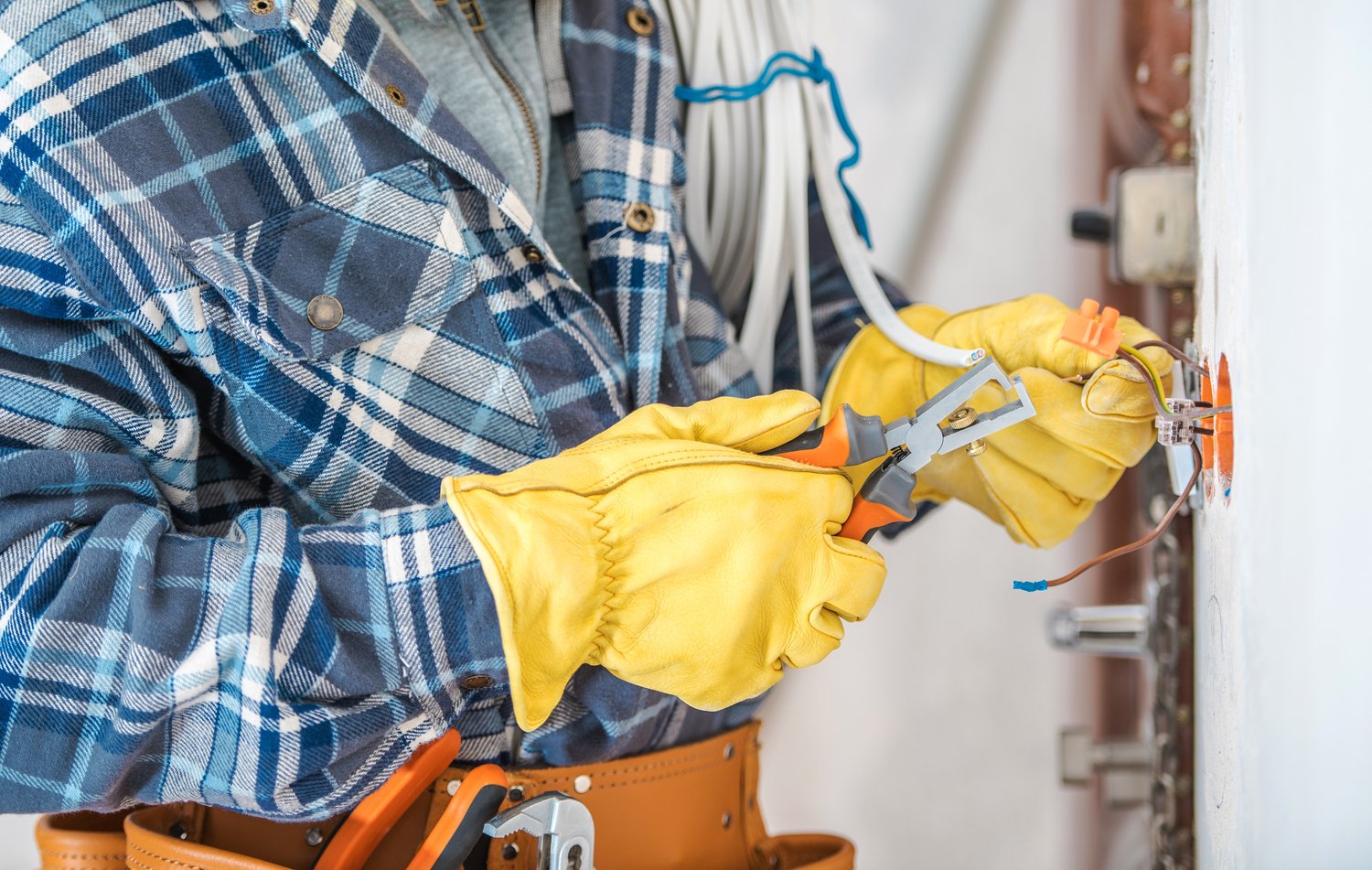Traditional irrigation methods often waste water through inefficient scheduling and lack of responsiveness to actual garden needs. Smart irrigation technology offers a solution that combines convenience with conservation, automatically adjusting to environmental conditions for optimal plant health. By upgrading to a smart irrigation controller, homeowners can significantly reduce water consumption while maintaining beautiful, thriving landscapes. This article explores how these advanced systems work, their benefits, and how they can transform your approach to garden maintenance.
Understanding Smart Irrigation Controllers
Smart irrigation controllers represent a significant advancement over traditional timers, bringing intelligence and adaptability to garden watering. Unlike conventional systems that run on rigid schedules regardless of conditions, smart controllers make real-time adjustments based on various environmental factors. These sophisticated devices connect to your home’s WiFi network, allowing you to monitor and control your irrigation system remotely through smartphone apps. The technology employs weather-based irrigation algorithms that analyze local weather data, including temperature, rainfall, humidity, and evapotranspiration rates to determine precisely how much water your landscape requires.
The most advanced systems incorporate soil moisture sensors garden technology, placing probes at various locations throughout your yard to measure actual moisture content at the root level. This direct feedback creates a closed-loop system that waters only when necessary, eliminating guesswork and preventing both overwatering and underwatering scenarios. Some controllers even integrate with smart home ecosystems, allowing voice commands through devices like Amazon Alexa or Google Home for ultimate convenience in managing your garden’s water needs.
Water Conservation Benefits
The environmental impact of smart irrigation systems cannot be overstated in today’s climate-conscious world. Traditional sprinkler systems often waste up to 50% of the water they use through evaporation, runoff, and inefficient scheduling. Water-saving sprinkler systems with smart controllers can reduce this waste by 20-50%, representing significant conservation and cost savings for homeowners. In regions facing drought conditions or water restrictions, these systems help maintain compliance while still preserving landscape investments.
Weather-based irrigation functions prevent watering during or immediately after rainfall—an obvious but common oversight with conventional timers. Additionally, these systems can identify seasonal shifts, automatically reducing watering during cooler months when evaporation rates decrease. The environmental benefits extend beyond water conservation; reduced runoff means fewer fertilizers and pesticides entering the watershed, helping protect local ecosystems and water quality.
Improved Plant Health and Landscape Appearance
Consistent and appropriate moisture levels are fundamental to plant health, and smart irrigation controllers excel at maintaining optimal conditions. Overwatering, a common problem with traditional systems, can lead to root rot, fungal diseases, and shallow root development, making plants more vulnerable to stress. Underwatering causes obvious wilting and can permanently damage or kill plants. The precise water delivery orchestrated by automated garden watering systems creates ideal growing conditions, resulting in stronger, more resilient plants.
Different areas of your garden likely have varying water requirements based on sun exposure, soil type, plant varieties, and topography. Smart systems can be programmed to accommodate these microclimates through zone-specific settings, ensuring each area receives exactly what it needs. The result is a more uniform, healthier landscape with fewer problem areas. Many homeowners report not just water savings, but noticeable improvements in lawn color, plant vigor, and reduced weed pressure after installing smart irrigation technology.
Time and Convenience Advantages
Beyond environmental and horticultural benefits, smart irrigation controller benefits include significant time savings for busy homeowners. Manual adjustments to watering schedules throughout the changing seasons become a thing of the past as these systems handle modifications automatically. For those who travel frequently, the remote access capability provides peace of mind, allowing monitoring and adjustments from anywhere through smartphone interfaces.
Most systems generate detailed reports on water usage, helping you track consumption and savings over time. This data-driven approach to landscape management allows for continuous optimization based on actual performance rather than assumptions. Professional landscapers and irrigation specialists available through AskHomey can help interpret this data and make recommendations for further efficiency improvements tailored to your specific property.
Installation and Return on Investment
While smart irrigation controllers represent an upfront investment, the financial returns typically justify the expense. Most homeowners recoup their costs within 1-3 years through water bill savings alone, with continuing benefits thereafter. Installation complexity varies by system; basic weather-based controllers can often replace existing timer boxes as a DIY project, while comprehensive systems with soil moisture sensors typically benefit from professional installation.
Many water districts and municipalities offer rebates for installing water-efficient irrigation technology, potentially covering a substantial portion of the equipment costs. These incentives, combined with ongoing water savings, make the technology increasingly accessible to average homeowners. When evaluating systems, consider factors like compatibility with existing irrigation infrastructure, expansion capabilities, ease of use, and availability of local support for maintenance and troubleshooting.
Selecting the Right System for Your Needs
The market offers numerous options in smart irrigation technology, from entry-level weather-based controllers to comprehensive systems with multiple soil sensors and flow meters. Your choice should align with your property size, landscape complexity, budget, and conservation goals. Properties with varied plant materials, slopes, or multiple exposure zones benefit most from advanced systems, while smaller, more uniform landscapes might achieve satisfactory results with simpler controllers.
Consider your comfort level with technology when selecting a system, as some interfaces are more intuitive than others. Look for controllers that offer easy seasonal adjustments and manual override capabilities for unexpected needs like newly planted areas requiring establishment watering. Compatibility with local weather stations or services that provide accurate microclimate data for your specific location will significantly enhance system performance.
For more tips and to connect with reliable home service professionals, follow AskHomey on Facebook and Instagram.



